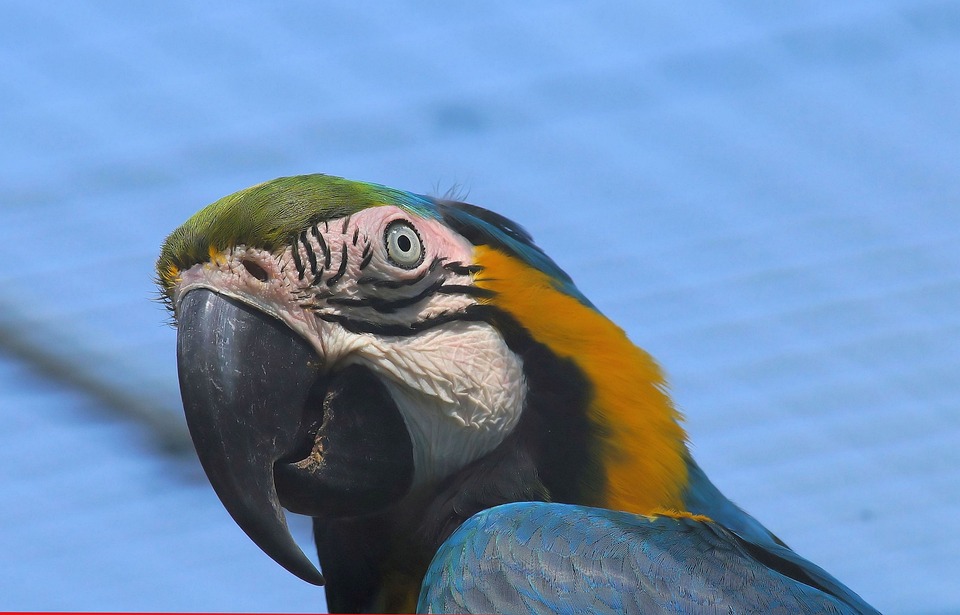Parrots are highly intelligent and social birds known for their vocalizations. While vocalizing is a natural behavior, excessive screaming and noise-making can become disruptive and stressful for both the bird and its human companions. To maintain a harmonious living environment, it is essential to understand the reasons behind these behaviors and implement effective strategies to discourage them.
Causes of Excessive Screaming and Noise
1. Boredom and Lack of Stimulation
– Parrots are active creatures that require mental and physical stimulation. When bored or understimulated, they may resort to screaming and making excessive noise to seek attention or express frustration.
2. Loneliness and Social Isolation
– Parrots are highly social animals that thrive on companionship. If they feel lonely or isolated, they may resort to screaming to attract attention or try to communicate with their human caregivers.
3. Fear or Anxiety
– Parrots can become fearful or anxious due to a variety of reasons, such as loud noises, new environments, or changes in their routine. Excessive screaming may be their way of expressing distress or seeking reassurance.
4. Hormonal Changes
– During breeding season or hormonal fluctuations, parrots may become more vocal and prone to excessive screaming. It is important to understand and manage these natural behaviors appropriately.
Strategies to Discourage Screaming and Excessive Noise
1. Provide Sufficient Mental and Physical Stimulation
– Engage your parrot in various activities, such as puzzle toys, foraging games, and training sessions, to keep their mind stimulated and prevent boredom. Physical exercise, like supervised out-of-cage time or flight training, can also help burn off excess energy.
2. Establish a Consistent Routine
– Parrots thrive on routine, so establish a daily schedule that includes regular feeding times, playtime, and interaction. Consistency helps reduce anxiety and provides a sense of security.
3. Create a Stimulating Environment
– Set up an enriched and bird-friendly environment with perches, toys, and safe chewing materials. Rotate toys regularly to keep your parrot engaged and prevent boredom.
4. Positive Reinforcement Training
– Train your parrot using positive reinforcement techniques to reinforce desirable behaviors. Reward them with treats or praise when they remain calm or engage in quieter activities.
5. Address Fear and Anxiety
– Identify and eliminate potential stressors in your parrot’s environment. Gradual desensitization to loud noises or changes, along with providing hiding spots or safe zones, can help reduce fear and anxiety.
6. Monitor Hormonal Changes
– During hormonal periods, ensure your parrot receives adequate rest, darkness, and a balanced diet. Avoid triggering hormonal behaviors by limiting access to nesting spots or stimuli that may reinforce reproductive behaviors.
FAQs (Frequently Asked Questions)
Q1: Can punishment be used to stop excessive screaming in parrots?
A1: Punishment is not recommended as it can lead to fear, aggression, or worsen the screaming. Positive reinforcement and redirection toward appropriate behaviors are more effective and humane strategies.
Q2: How long does it take to see results from behavior modification techniques?
A2: Every parrot is unique, and the time required to see results may vary. Consistency, patience, and positive reinforcement are key. Some parrots may show improvement within a few weeks, while others may take several months.
Q3: Are certain parrot species more prone to excessive screaming?
A3: Some parrot species, such as Amazon parrots or Cockatoos, are known for their vocal nature. However, excessive screaming can occur in any parrot species. Providing appropriate mental and physical stimulation is crucial for all parrots.
Q4: Should I cover my parrot’s cage to reduce noise?
A4: Covering the cage may provide a sense of security or help promote sleep during the night. However, it is not a long-term solution to discourage excessive screaming. Addressing the underlying causes and implementing behavior modification techniques are more effective in the long run.
Remember, modifying parrot behavior takes time, patience, and understanding. Consistency in implementing these strategies will help create a peaceful and enjoyable living environment for both you and your feathered companion.









